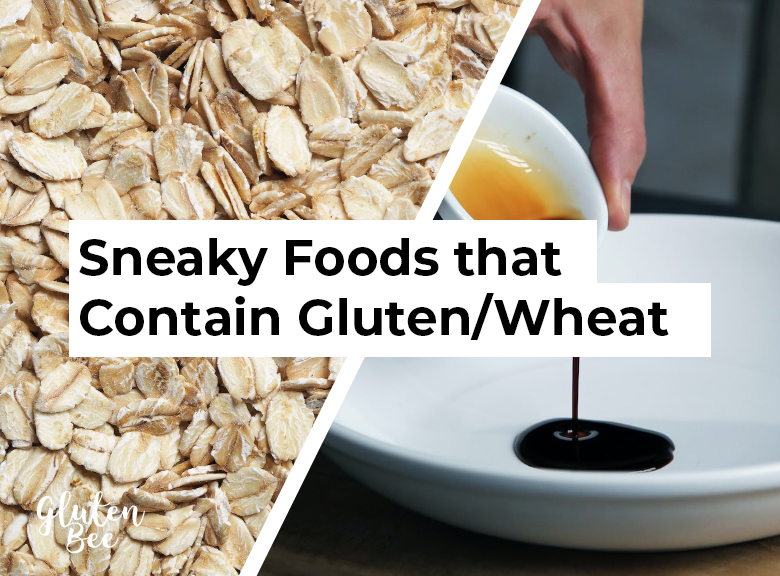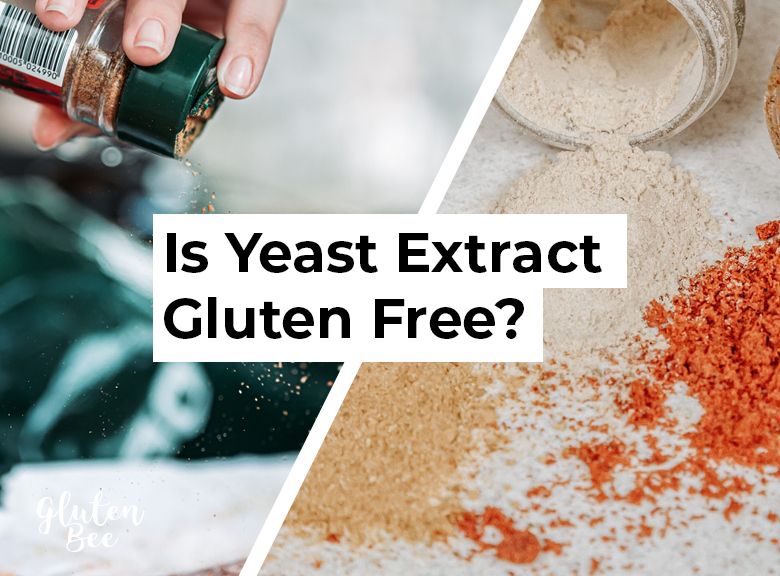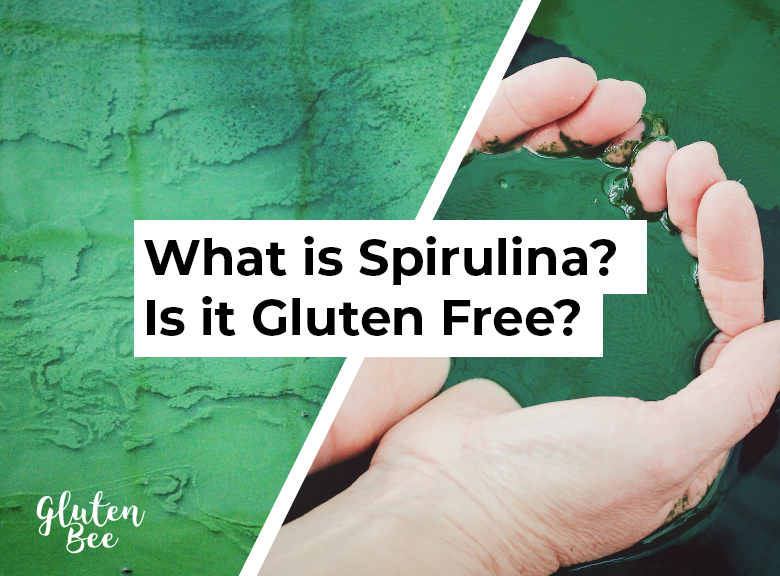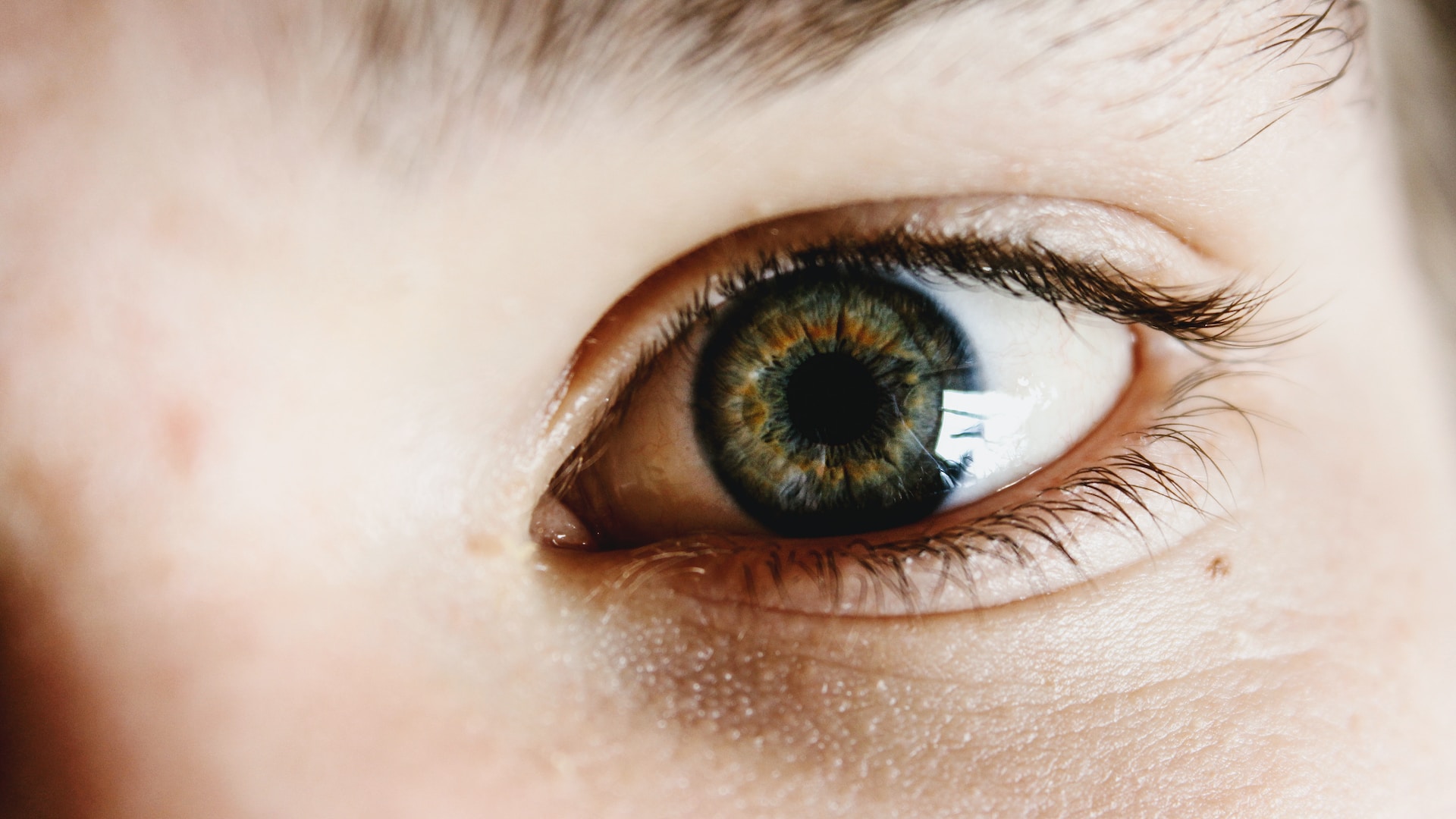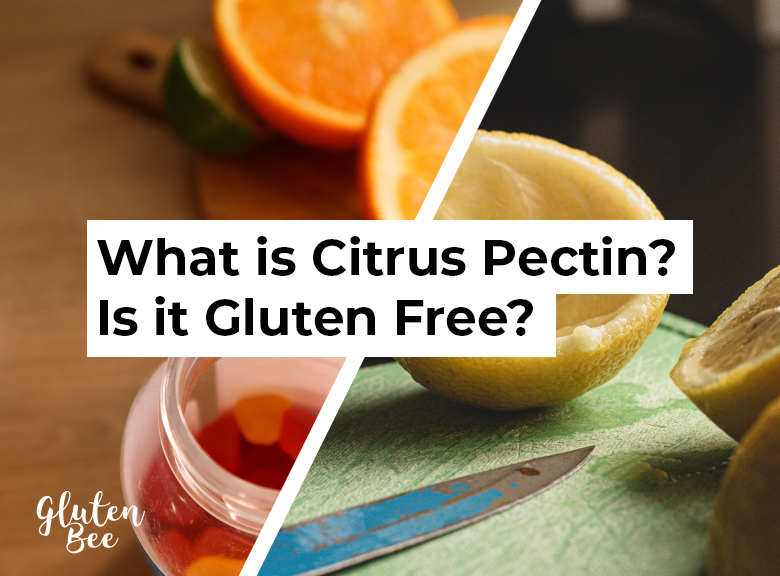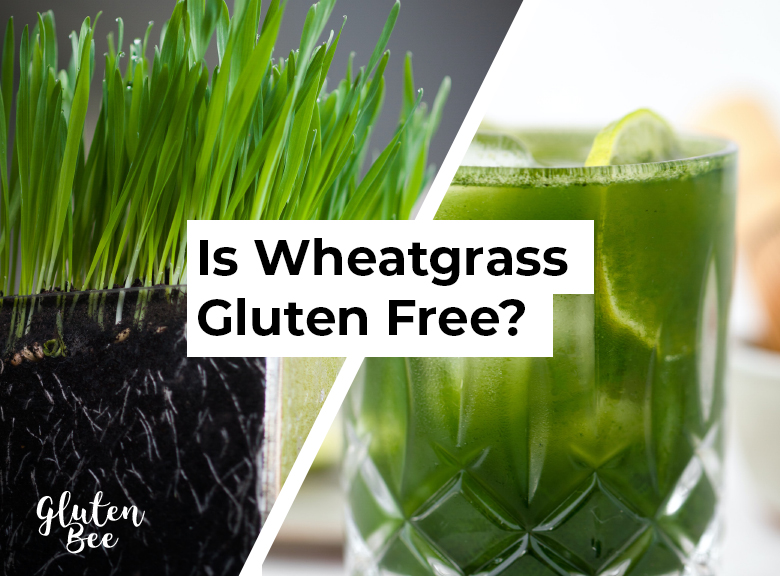Have you ever come across yeast extract when looking at a list of ingredients and wondered if it’s gluten free? You’re not alone. I found myself in a similar situation recently. And I learned the hard way!
What is Yeast Extract?
Yeast extract is a common food ingredient derived from yeast cells. It’s often used to add flavor to various foods, including soups, sauces, and snacks. Autolyzed yeast extract is a flavor-enhancing ingredient made from yeast cells that have undergone a process called autolysis. During autolysis, the yeast cells are broken down using their own enzymes, releasing various compounds, including amino acids and nucleotides, that contribute to the savory or umami taste in foods.
Yeast extract is derived from yeast cells that have been broken down through a process called autolysis. This specific process creates a rich, umami flavor which is why this ingredient is popular in a large number of products.
Yeast extract is commonly found in a variety of packaged and processed foods, including:
- Soups and Broths: Yeast extract is often used to enhance the flavor of canned or instant soups and broths, adding depth and complexity to the taste.
- Sauces and Gravies: Many sauces and gravies, including those for pasta and meats, incorporate yeast extract to elevate their overall flavor profile.
- Snacks: Certain savory snacks like potato chips, crackers, and popcorn might contain yeast extract to provide a more robust and enjoyable taste.
- Vegetarian and Vegan Products: Yeast extract is a popular ingredient in meat substitutes and plant-based products, contributing a meaty or umami flavor without the use of animal products.
- Seasonings and Condiments: Some seasonings, condiments, and spreads use yeast extract to enhance their taste, offering a savory kick to various dishes.
- Processed Foods: Yeast extract can be found in a range of processed foods, including ready-made meals, instant noodles, and pre-packaged convenience foods.
Let’s find out if this commonly used food ingredient is likely to contain any wheat or gluten ingredients/derivatives . . .
Read moreIs Yeast Extract Gluten Free?

